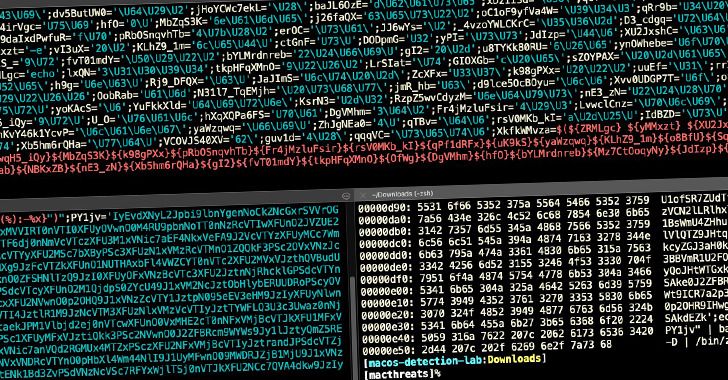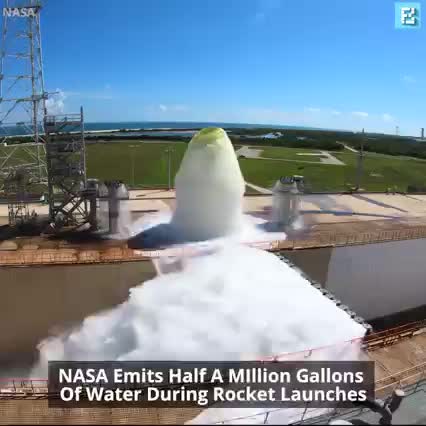MacOS Systems are under attack with an AdLoad variation that bypasses Apple’s security measures.




Alpha-ketoglutarate is a good example of a much more science-based substance to impact aging. But only using AKG is not enough to significantly slow down the aging process. There are many reasons why we age, and AKG can also address only a few of them, in a very specific way.
Note: Since I’m leaving on vacation tomorrow (Yellowstone baby!), we’ve got a special guest post for you this week from Dr. Kris Verburgh and the fine folks at Novos Labs; a longevity supplement startup targeting multiple aging hallmarks with different life-extending compounds. They’ve been featured on Longevity. Technology and also have a fantastic blog we’ll link to below that’s worth checking out. Since our next content block will be all about different anti-aging supplements and the science behind them, we thought this overview of Alpha-Ketoglutaric Acid (AKG) for longevity would serve as a nice teaser for when we finish up diet and nutrition in October and switch over. So without further ado, take it away, Kris!
In the last few years, we have seen the rise of more science-based supplements to slow down aging.
Various companies have emerged that want to use a more scientific approach to develop anti-aging supplements. This is very good, because prior to this new wave, most “anti-aging” supplements had very little or no science behind them.

While other energy superpowers such as the United States, Saudi Arabia, and Russia have clung to their prodigious oil and gas industries to varying degrees, China has gone all-in on establishing their own energy security and independence, a large portion of which will soon be sourced from clean energy resources.
As the global energy transition accelerates, China appears to be miles ahead of the competition when it comes to securing itself for a future without fossil fuels.

Expedition 65 Cool Science Radio Podcast — August 11 2021
Space station crew disusses life in space with cool science radio
Aboard the International Space Station, Expedition 65 Flight Engineers Mark Vande Hei and Shane Kimbrough of NASA discussed living and working in space during an in-flight interview on August 11 with Cool Science Radio. Vande Hei and Kimrbough are in the midst of six-month missions on the outpost.



